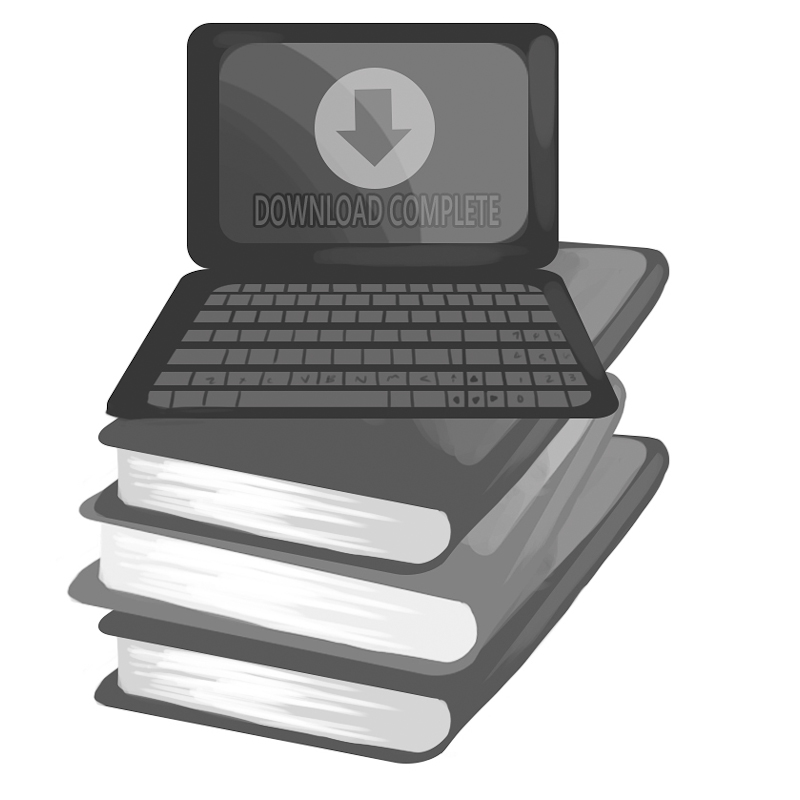Post-secondary students have to budget the cost of education, from tuition and supplies, to room and board.
Some students say the costs can be overwhelming when they consider the price of textbooks, and some students have turned to illegal means of acquiring materials.
“Many students are already under a lot of stress, with student loans, tuition, and daily expenses,” Carleton student Tim Channer said.
“Although textbooks are one-time purchases, they are quite expensive and take a large chunk of money out of student pockets.”
The Book Industry Study Group said 19 per cent of American post-secondary students illegally download textbooks. Although discouraged, Channer said it is often the only option for financially challenged students.
Another common money-saving option is e-books. Although professors were indifferent to this alternative, students preferred physical copies, according to the study.
A number of professors said they are trying to avoid excessive costs for students, including Carleton journalism professor Kanina Holmes, who said she will post articles online.
“The publishing industry is facing some of the same pressures as the journalism industry—people are trying to find a way to make money at a time when information is free flowing and when the knowledge and labour that goes into journalistic stories and research and academic books is often devalued,” Holmes explained.“We see this, in part, when people download texts.”
Carleton professor Randall Germain explained “inflation in education, like medicine, is a bit above the average inflation rate. [This is] in part due to the expensive labour costs of those who write textbooks. [Prices] are primarily driven by the costs of textbook materials in three areas: medicine, science, and business.”
“Coincidently, these are not only the highest costs part of academia, but also where the salaries of recent graduates are the highest. In the social sciences and humanities . . . inflation is much more modest,” Germain said.
Carleton professor Randi Klebanoff said she goes without textbooks in several courses.
“For the first time, I am teaching an introductory art history course without a textbook, making extensive use of an art history site,” said Klebanoff. “It has a respectable editorial board, so I feel comfortable relying on the authority of the resources.”
“This is an experiment,” Klebanoff said. “If there is a viable alternative that costs the students nothing, I think it is my responsibility to consider it.”






